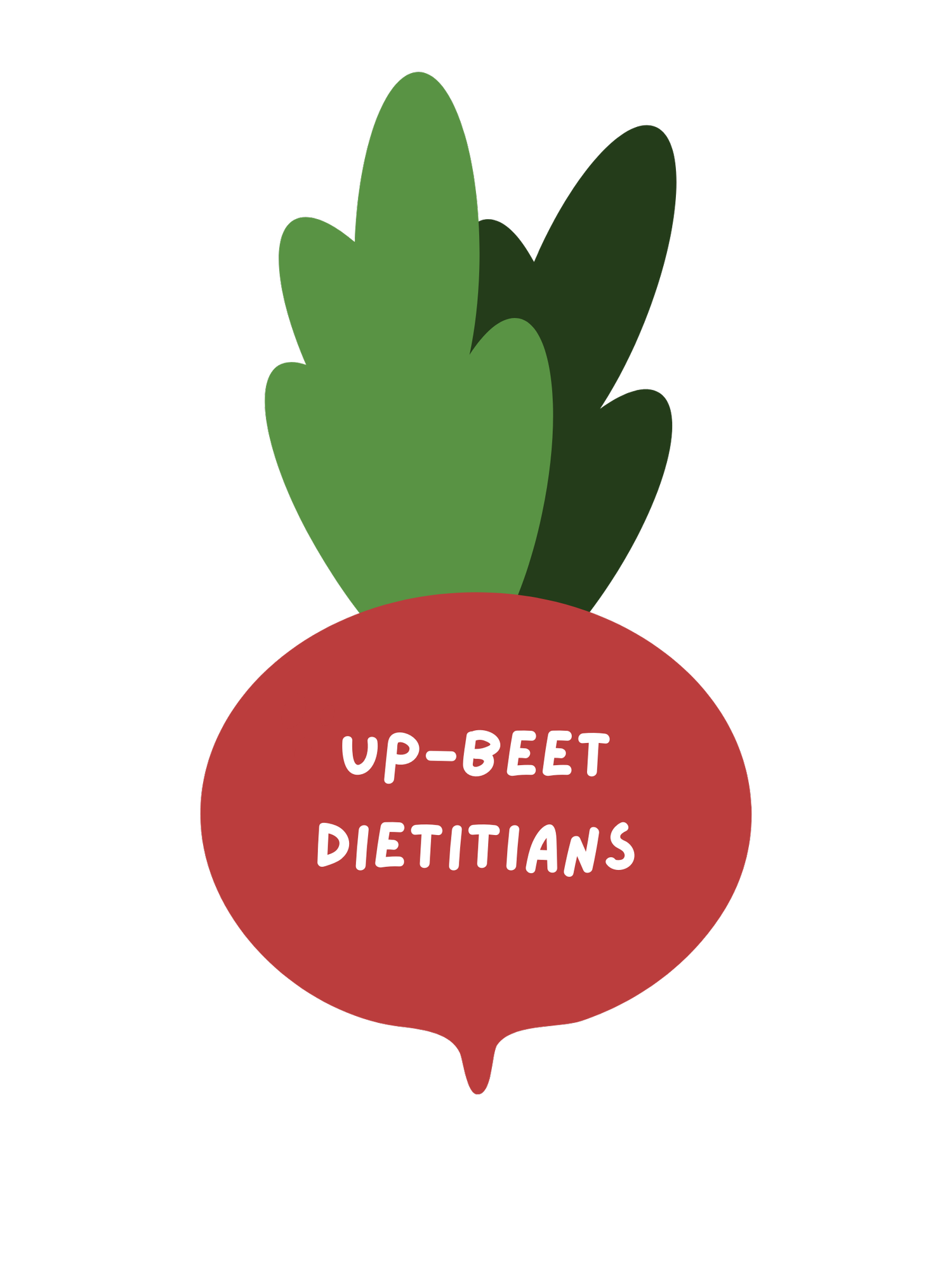Dietitian’s Simple Seasonal Produce Guide
This post was written by Jessica Manginelli, dietetic intern and reviewed by Hannah Thompson, RDN, LD, CPT and Emily Krause, MS, RDN, LD
Most people have heard the phrase “seasonal eating” before but what does it mean, why should you care, and what are the foods that are “in season”?
What is Seasonal Eating?
The food is at peak nutrient density
One of the main reasons seasonal eating is recommended is related to the vitamins and minerals in the fruit or vegetable. The longer that produce is able to stay on the vine, branch, or stem, the more nutrients the fruit or vegetable is able to store from the soil. This means that when the produce is eaten, it will contain more micronutrients.
It’s more sustainable
When produce is eaten out of season in your country, the food has to be transported long distances from a country that currently has the fruit or veggie in season. Because transportation can take multiple days, the fruit or vegetable has to be picked earlier, so it is ripe when it gets to its destination. Eating seasonally is also often more cost effective since you don't have to pay added fees for that transportation, and you are able to support more local farmers.
It helps you to naturally incorporate variety
When you focus on eating seasonal fruits and vegetables that easily helps you have a greater variety of produce in your diet. When your go-to produce is no longer in season you would be pushed to try new fruits and vegetables that you may not be used to eating. Eating a varied diet is one of the key ways to make sure you are getting all of the vitamins and minerals you need.
What Fruits and Vegetables are in Season throughout the Year?
Below is a seasonal breakdown of common foods grown in the United States.
Winter Produce
Apples
Beets
Brussels Sprouts
Cabbage
Carrots
Collard Greens
Citrus
Onions
Potatoes
Sweet Potatoes & Yams
Winter Squash
Spring Produce
Apricots
Asparagus
Broccoli
Cabbage
Carrots
Kale
Kiwi
Citrus
Lettuce
Mushrooms
Peas
Radishes
Spinach
Summer Produce
Avocados
Bell Peppers
Berries
Melons
Carrots
Corn
Cucumbers
Green Beans
Peaches
Plums
Summer Squash
Tomatoes
Fall Produce
Apples
Bell Peppers
Broccoli
Brussels Sprouts
Cabbage
Carrots
Cauliflower
Cranberries
Grapes
Green Beans
Kale
Mushrooms
Pears
Potatoes
Pumpkin
Spinach
Sweet Potatoes & Yams
Summary
Overall, eating local, in season produce is not only more cost effective, but is a great way to get in extra vitamins and minerals and support your local economy!
Be sure to check out our blog post with our best grocery shopping tips.
Want to learn more about healthy eating from registered dietitians? Listen to our podcast!





